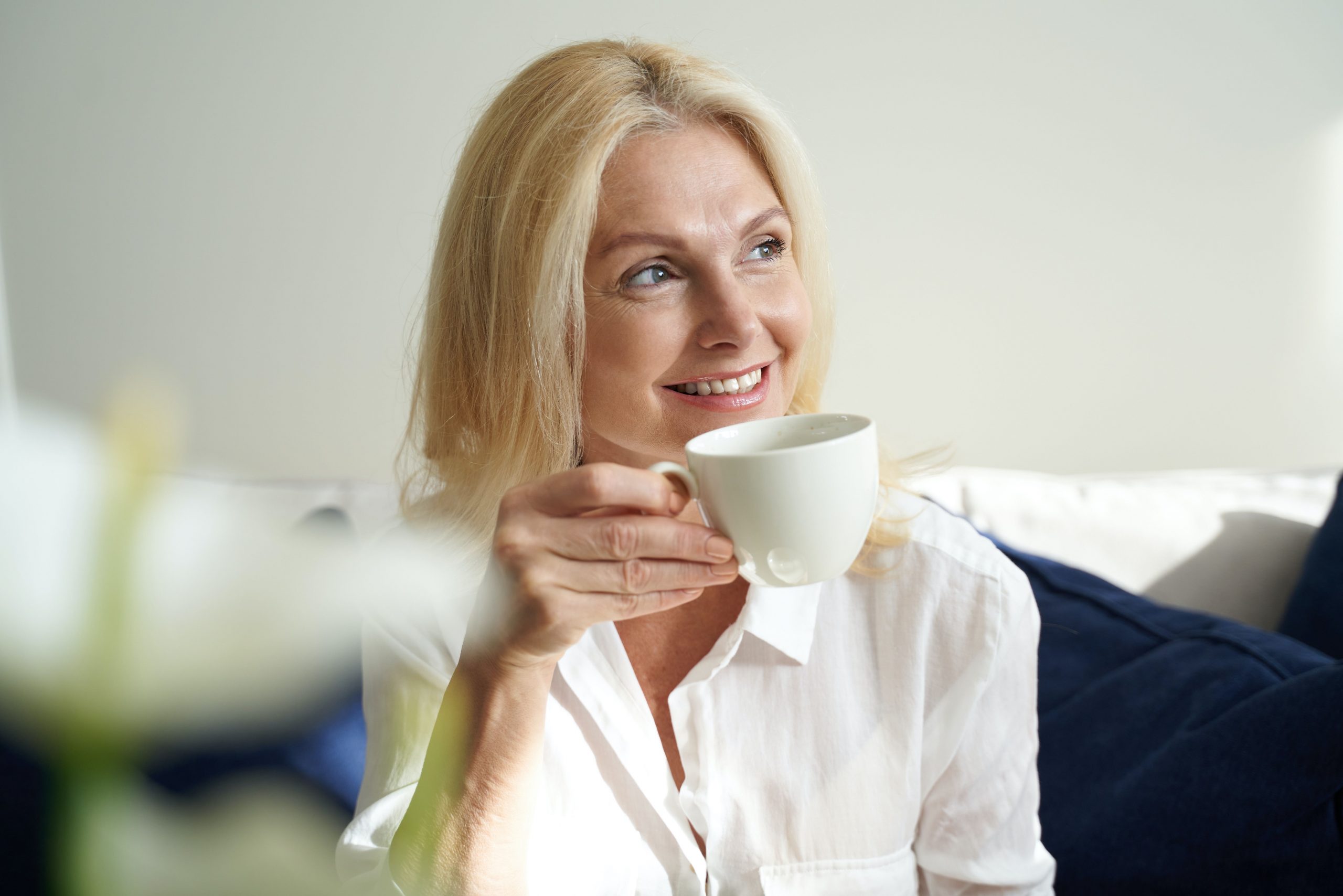Featuring Lisa Chen
Photo by Kateryna Hliznitsova
OPENING NOTES FROM TRACIANA
I’ve always believed in the power of visualization—not as wishful thinking, but as neural rehearsal. Across every culture, humans have turned to visualization, from ancient Tantra rituals to athletes imagining victory. Today, neuroscience confirms what wisdom traditions always knew: what we see in the mind can literally change the body, mood, and course of our lives.
—Traciana
A Q&A with Lisa Chen
Q: Who are you? A: I’m Lisa Chen, a neuroscience researcher who completed my undergraduate in Biomedical Sciences in Hong Kong and am now pursuing advanced studies in cognitive neuroscience. My research focuses on how visualization practices influence brain plasticity and performance outcomes.
Q: What is this about? A: This is about understanding visualization as legitimate brain training, not just positive thinking. After experiencing its power firsthand during a crucial interview and studying the science behind it, I want to share what actually works and why.
Q: Why you? A: Because I’ve lived both sides of this equation—as someone who desperately needed visualization to work when my career was on the line, and as a researcher who studies the neural mechanisms that make it effective. Personal experience plus scientific training gives me a unique perspective on what’s real versus what’s hype.
Q: What actually happens in the brain when we visualize?
A: When you imagine performing an action, your brain activates the same motor and sensory regions as if you were physically doing it. Dr. Srini Pillay, a Harvard-trained psychiatrist, calls this “neural rehearsal”—imagination activates the brain’s action centers, creating familiarity with tasks before you actually perform them.
This is supported by the PETTLEP model of imagery, which shows that visualization mimics the exact brain processes that happen during real actions. You’re literally training your neural pathways through mental practice, strengthening the same connections you’ll use in reality.
Q: Can you share a personal example of how this worked for you?
A: Absolutely. In 2020, I was in my final year studying Biomedical Sciences in Hong Kong when the pandemic derailed my neuroscience career plans. A year and a half later, I finally got an interview for a master’s program—my way back into the field I loved. But I was terrified. I’d been away from neuroscience and wasn’t sure I could handle the technical questions.
Instead of spiraling in anxiety, I decided to visualize a successful interview. I imagined myself calm and prepared, answering questions confidently, feeling relaxed because I had done the work. This visual rehearsal helped me actually prepare instead of just worrying.
The result? During the actual interview, I wasn’t nearly as nervous. Some questions were difficult, but I was able to answer most of them. I passed and got into the program. The visualization didn’t magically give me knowledge I didn’t have, but it gave my nervous system a template for staying calm under pressure.
Q: What does research show about visualization’s effectiveness?
A: The evidence is compelling across multiple fields. Studies with four elite junior badminton players showed that visualization with imagery scripts focusing on confidence and focus improved sport confidence in all but one player.
Research has found that visualization improves self-efficacy and motivation for exercise, decreases both self-reported and objective stress in novice surgeons, and enhances music memorization for pianists and trombonists. The key finding across all studies: visualization works best when it’s specific, detailed, and includes the process, not just the outcome.
Q: How does visualization help with stress and anxiety specifically?
A: Visualization gives your nervous system a calm template to follow. When you imagine yourself breathing steadily, navigating challenges with clarity, or speaking with confidence, your cortisol levels drop and your prefrontal cortex re-engages. Instead of spiraling into fight-or-flight mode, you create an embodied memory of competence and calm.
This is why my interview visualization worked—I wasn’t just imagining success, I was rehearsing the feeling of being prepared and capable, which my nervous system then recognized during the actual event.
Q: What’s the most effective way to practice visualization?
A: Neuroscientists and psychologists suggest two crucial elements:
Prioritize steps over end goals. Cognitive neuroscientist Dr. Irena O’Brien encourages visualizing the process to reach a goal, not just the final outcome. Merely imagining the end result can make the journey feel overwhelming. Visualizing each step increases motivation to engage in necessary processes, reduces anxiety, and improves performance.
Include environment and sensations. Research professor Peter J. Lang’s bioinformation theory, supported by multiple studies, shows the most effective visualization involves imagining the complete context—the environment, surroundings, and what you feel physically and emotionally. In my interview visualization, imagining the actual setting and my calm feelings during it enhanced my real performance.
Q: How should someone start a visualization practice?
A: Begin with ten minutes daily, focusing on one specific situation—a conversation, presentation, or task you’re preparing for. Instead of just picturing the perfect result, walk through each step while imagining yourself calm and fully present.
Include sensory details: What do you see, hear, feel in your body? The more vivid the mental rehearsal, the more your nervous system believes the experience and strengthens those neural pathways.
If your mind wanders, return to your breath. Each inhale and exhale anchors the imagery, preventing it from becoming mere daydreaming and keeping it grounded in your body.
Q: Why does this matter in our current world?
A: Modern life constantly triggers our stress response, leaving many people feeling unprepared for challenges. Visualization is essentially stress inoculation—you can rehearse difficult situations in a calm state, building confidence and competence before you need them.
It’s not about positive thinking or manifesting outcomes. It’s about giving your brain the practice it needs to perform when it matters. As I learned with my interview, visualization doesn’t guarantee success, but it dramatically improves your ability to show up as your best self under pressure.
CLOSING NOTES FROM TRACIANA
Visualization isn’t wishful thinking—it’s a discipline. When you train your brain with images of calm, courage, and clarity, you prepare yourself to live them not someday, but right now. Your imagination isn’t separate from reality; it’s the rehearsal space where reality is born.
—Traciana
About the Writer Lisa Chen is a neuroscience researcher specializing in cognitive performance and brain plasticity, currently pursuing advanced studies in how visualization practices influence neural outcomes.
Disclaimer: This content is for informational purposes only and is not intended as medical or psychological advice. If you're experiencing persistent overwhelm, please consult qualified mental health professionals for personalized guidance.
Read our full disclaimer →






















0 Comments for “The Neuroscience of Visualization: How Imagination Reshapes the Brain”